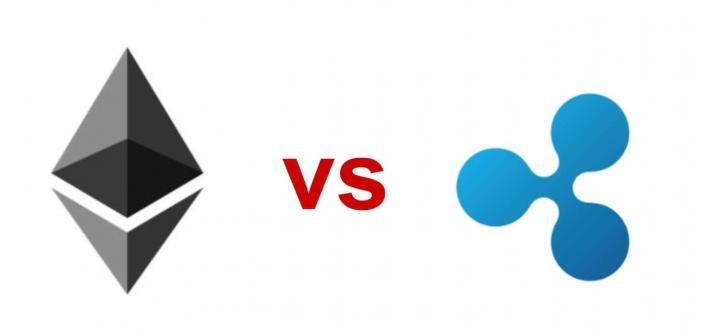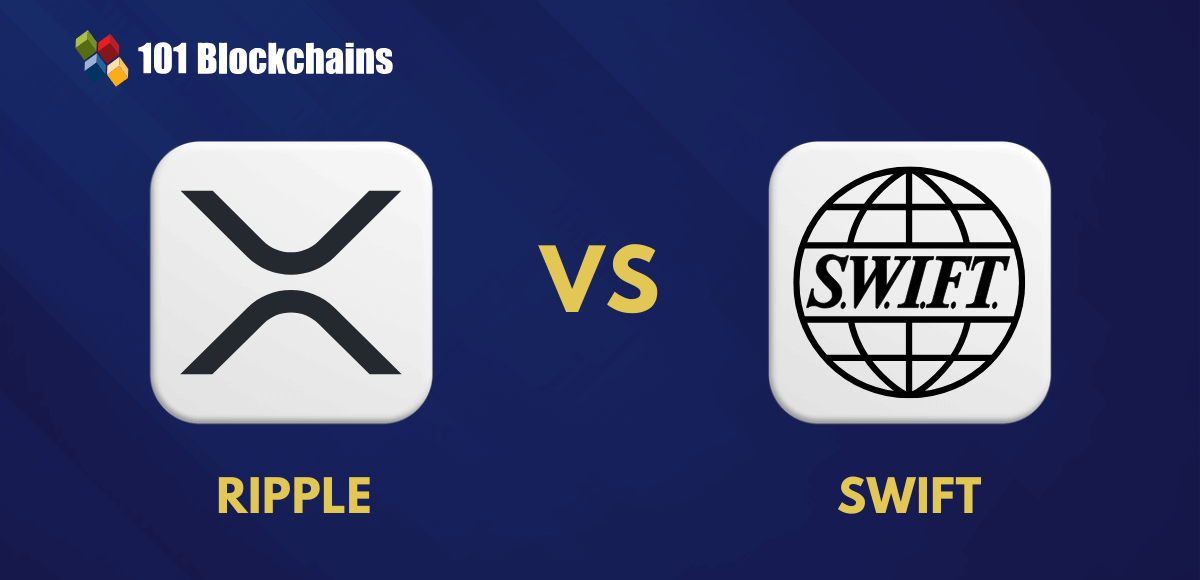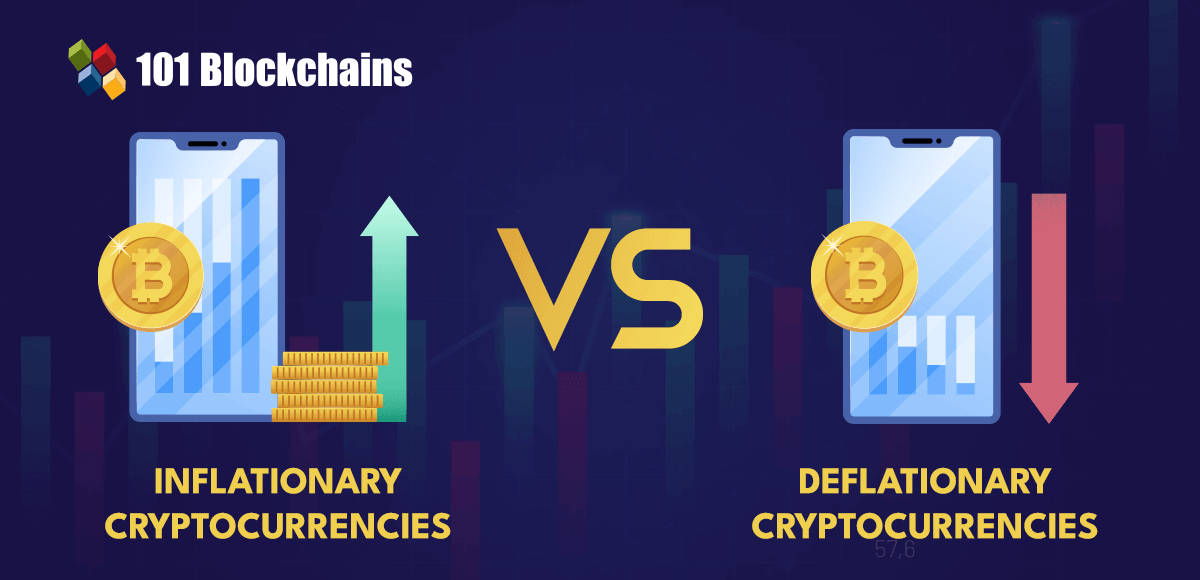Learn how blockchain truly works, master key definitions, and uncover what makes smart contracts so "smart." Dive into the fundamentals, gain valuable insights, and start your blockchain journey today!

Comparisons
101 Blockchains
on May 28, 2018
Ethereum vs. Ripple: In Depth Comparison
Ethereum vs. Ripple is a battle that is taking shape as the two blockchain projects continue to power groundbreaking solutions that are having serious ramifications on various sectors. So how do these two popular blockchain projects differ from one another, yet they are all based on blockchain technology?
Ripple Vs. Ethereum: Primary Goal
Ethereum was created with the aim of rivaling financial institutions by providing a decentralized network, where people can trade and do business without scrutiny from any centralized authority. It is, therefore, a forum where people meet to create projects and agree on how various changes can be implemented.
Ethereum is also used to bring peers together on projects they believe in. It is also used to support the development and creation of new tokens collectively called as ERC20.
Ripple, on the other hand, was created with the aim of supporting financial institutions rather than rivaling them. The blockchain project aims to make it easy for financial institutions to carry out financial transactions on a blockchain. The project is not decentralized but centralized, whereby consensus is required for any changes to be affected.
RippleNet which is powered by Ripple is a blockchain solution that is becoming increasingly popular for facilitating cross-border payments. The network also offers instant transaction settlements and bi-directional messaging capabilities.
Ripple markets itself as a useful mechanism for cross-border transactions as Ethereum considers itself as a digital token and a unit for exchange.
Excited to build your skill in Ethereum development by leveraging the ethers.js library? Enroll Now in Ethers.Js Blockchain Developer Course!
Ethereum vs. Ripple: Technology and Future Development
Ripple is an open source distributed payment system that enables instant payments at minimal fees. The network’s protocol allows transactions between multiple currencies without the need of a central authority.
Ethereum, on the other hand, is a piece of software that enables the verification and execution of code on the Ethereum blockchain. Ethereum also provides support for decentralized applications that are similar to traditional computer applications but with an increased layer of security and reduced risk of downtime.
Ripple Vs. Ethereum: Coin Distribution
Ripple’s XEP Ledger is maintained in a Protocol Consensus Algorithm that differs from proof-of-work systems commonly used in other cryptocurrencies. All coins for the project’s native currency were pre-mined at launch, which means it is not possible to mine XRP.
100 billion XRP coins were mined at the start of the project of which Ripple owns 7 billion. Ripple also controls approximately 55 billion XRP coins through an escrow account.
Ethereum, on the other hand, is maintained using a proof of stake algorithm called Ethash. Ether is the underlying cryptocurrency that powers the network and acts as a form of payment for operating distributed applications on the platform.
Unlike Ripple, Ethereum can be mined in a process that involves miners setting up computers to solve cryptographic puzzles. In addition, a total of 60 million ether were created to contributors of the presale in 2014, of which 20% or 12 million were allocated to the development fund.
Enroll Now: Ethereum Development Fundamentals Course
Ethereum vs. Ripple: Scalability
Ripple vs. Ethereum comparison would not be complete without looking at the scalability aspect of the two blockchain projects. Scalability refers to the total number of transactions that a blockchain can handle in a specified period.
Ripple holds an edge against, not only Ethereum but other cryptocurrencies, as its blockchain can process up to 1,500 transactions every second. This is 100 times more than what Ethereum can process, an edge that has seen the network attract a lot of interest from the mainstream financial system.
Ripple also has an edge over Ethereum when it comes to transaction speed. Ethereum delivers a transaction every two minutes. Ripple, on the other hand, can deliver a transaction every four seconds.
Check out our other Comparisons:
-
Bitcoin vs Ethereum? What’s The Difference?
-
Ethereum vs Litecoin: Why LTC Is For Transactions and ETH For Smart Contracts?
-
EOS vs Ethereum: A Potential Ethereum Killer!
-
Ardor vs Ethereum: What Are the Pros And Cons?
-
NEO vs Ethereum: Which is a Better?
Conclusion
Ripple triumphs Ethereum when it comes to handling currency transfers given its transaction speeds and the total number of transactions it can handle a second. Ethereum, on the other hand, beats Ripple when it comes to dealing with a range of complicated interactions between multiple parties, an edge that has seen it used for things like smart contracts.
The Ethereum vs. Ripple battle is thus expected to continue for many years, given that the two blockchain solutions have an edge in their respective areas of specialization.
Enjoyed this article? Check out Stellar vs Ripple.
New in this world? Take a look at the complete beginner’s guide on how to invest in crypto.
*Disclaimer: The article should not be taken as, and is not intended to provide any investment advice. Claims made in this article do not constitute investment advice and should not be taken as such. Do your own research and make sure you read our full Disclaimer.




